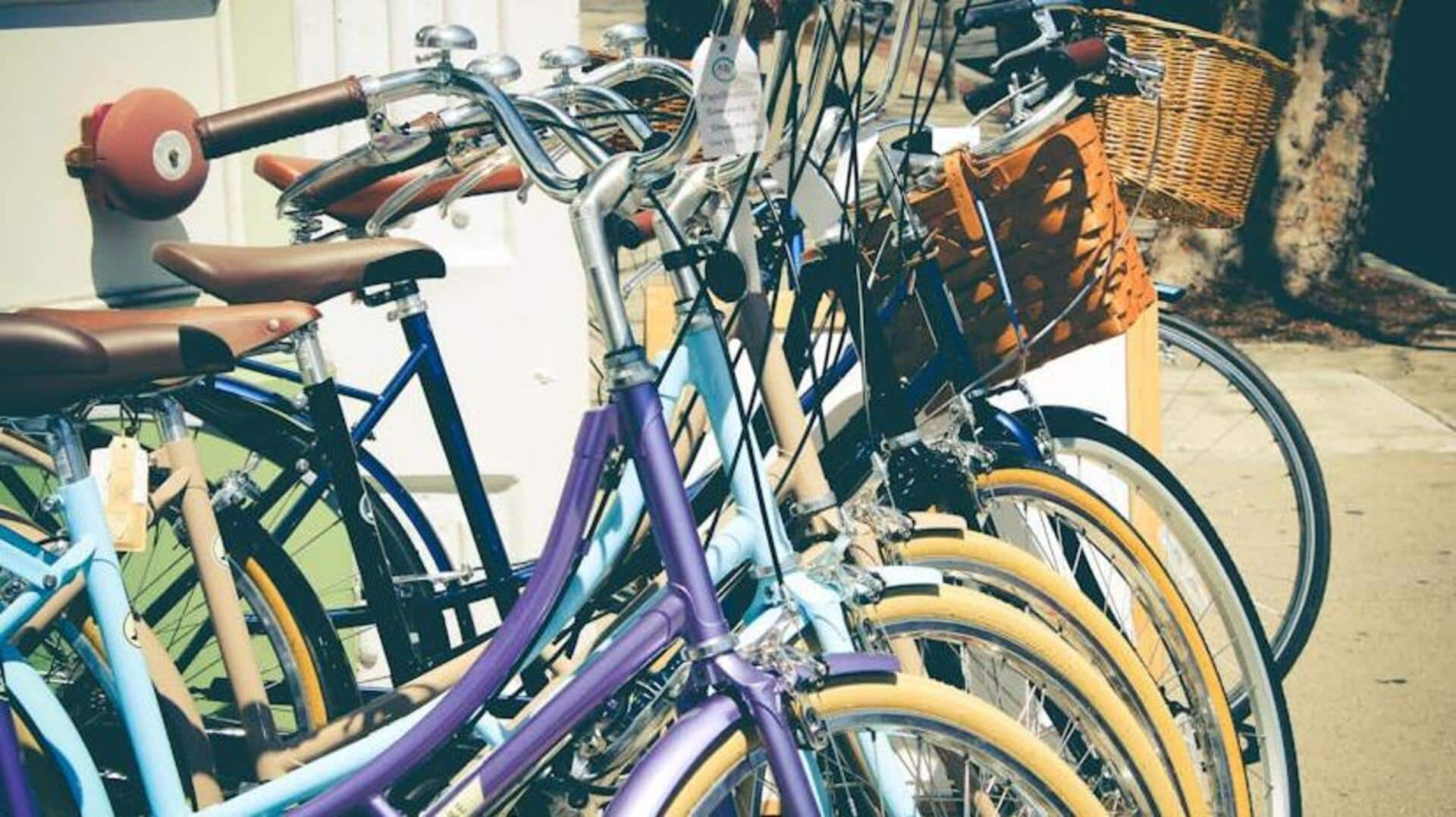
Etiquette for using public bicycles and scooters
What's the story
Public bicycles and scooters provide a practical, environmentally-friendly solution for getting around in cities. As more people adopt this convenient mode of transport, knowing the rules of the road - and the sidewalk - is crucial. This article details the dos and don'ts of public bike and scooter use, promoting a smoother ride for everyone.
Inspection
Check and report any issues
Before you hop on, give the bicycle or scooter a quick once-over. Look for any damage or maintenance concerns like flat tires, broken lights, or wonky brakes. If you spot anything wonky, report it right away through the app or call their customer service. You'll be ensuring your own safety and helping keep the service top-notch for the next person.
Parking
Park responsibly
After you've reached your destination, please park the bicycle or scooter responsibly. Use designated areas or bike racks when available. Avoid blocking sidewalks, ramps, bus stops, and doorways. Pedestrians should be able to move freely without obstruction. Responsible parking is key to keeping public spaces orderly and ensuring that these services continue to be welcome in our cities.
Compliance
Follow local traffic laws
Respecting local traffic laws is crucial when using public bicycles and scooters. This means stopping at red lights, not going the wrong way on one-way streets, and giving way to pedestrians at crosswalks. And, in some places, it's against the law not to wear a helmet. Adhering to these rules not only ensures your safety but also fosters a positive coexistence between cyclists, motorists, and pedestrians.
Courtesy
Be mindful of others
Keep in mind that public bicycles and scooters are communal amenities intended for everyone's benefit. Always utilize them responsibly by avoiding long rentals during peak hours when possible and refraining from vandalism or intentional damage to the equipment. Demonstrating courtesy towards fellow riders by signaling your intentions and keeping a safe distance can help avoid accidents and create a positive experience for all involved.
Feedback
Share feedback with providers
If you had a great ride or encountered difficulties during your trip, providing feedback to the service provider can be super helpful. Most companies have dedicated channels for riders to report issues or suggest improvements related to their services' safety features, availability zones, or even customer support experiences. Positive or negative, constructive feedback assists providers in refining their offerings and better meeting community needs.